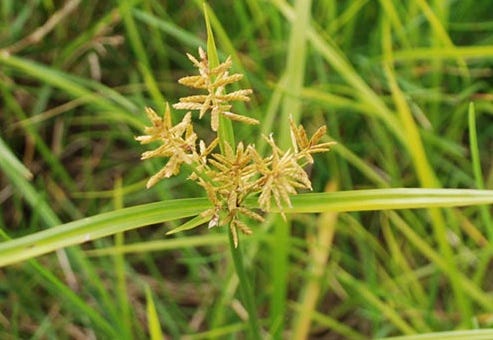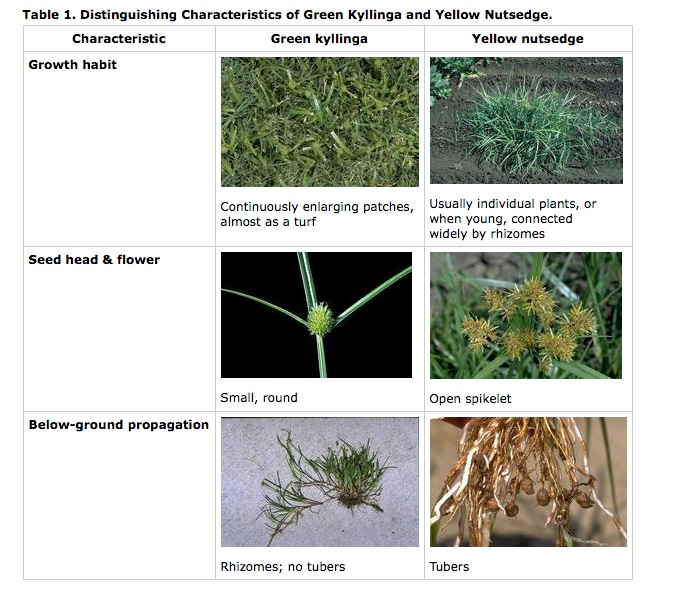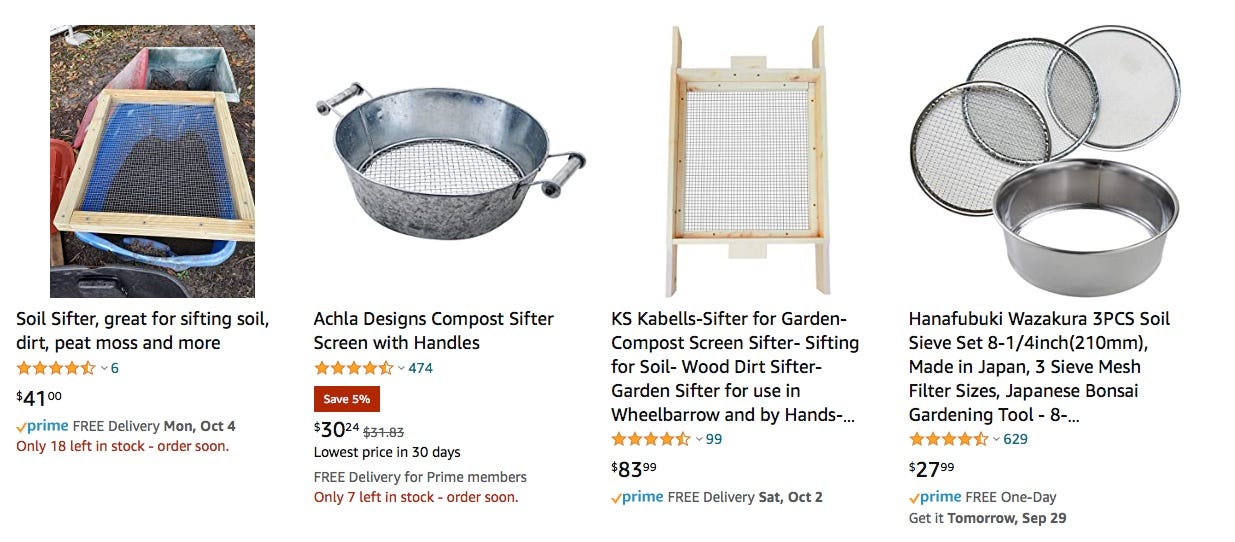Nutgrass/Nutsedge Weed Control Tips
Beyond the basics about this widespread weed, as discussed in Episode 141 of the Garden Basics with Farmer Fred podcast
Nutgrass (also known as yellow nutsedge, or to be exact, Cyperus esculentus) is a troublesome weed across the United States and southern Canada that invades lawns and gardens. Purdue University provides the vital details:
Yellow nutsedge is a perennial plant that reproduces primarily by small underground tubers — called nutlets — that form at the end of underground stems — called rhizomes. A single plant can produce several hundred of these tubers during the summer. Yellow nutsedge can also spread by rhizomes. Yellow nutsedge produces a seedhead when unmown, but its seeds rarely germinate.
Yellow nutsedge actively grows during the heat of summer when cool-season turf grows more slowly. Yellow nutsedge typically emerges (germinates from tubers) in Indiana (and elsewhere) in late April or May (a few weeks after crabgrass germinates) and grows actively until the first frost in autumn. A frost will kill the plant’s aboveground portion but the tubers will survive and overwinter in the soil. Dormant tubers can germinate and emerge throughout the following season or survive in the soil for more than three years.
Want more info? We go into the scary details about this weed on Episode 141 of the Garden Basics with Farmer Fred podcast. One piece of advice from our favorite retired college horticulture professor, Debbie Flower: because of those nutlets that you’ll leave behind, don’t pull the mature nutgrass plant out of the ground. Dig it out, and trash it.
John Roncoroni is a retired Farm Advisor, specializing in weed control, with the University of California Cooperative Extension. He advises to screen the soil after digging nutsedge out to get all the nutlets. Debbie goes into detail about how she did that at home on the podcast. John also wants homeowners to know the difference between nutsedge and another lookalike weed, green kyllinga. This comparison chart from UC Ag and Natural Resources should help:
Debbie Flower says to fight the temptation to mow or cut back weeds before spraying with an herbicide, unless directed differently by the label instructions. Healthy weeds + Herbicide = quicker death. Here’s what she said:
Debbie also explained in the podcast how you might be able to pull out this weed, if it is young enough and hasn’t developed any nutlets yet. The key: yank out nutsedge before more than five or six leaves develop (good luck with that).
And now, the bad news. No herbicide will eradicate nutsedge permanently. Herbicides can only “control” nutsedge…which is a euphemism for “the battle will go on.”
From North Carolina State University, information about the chemical controls for nutsedge:
For the lawn, the most common herbicide used is imazaquin (Image). Image has fair control on nutsedge and can be used on all types of warm-season grasses. Other herbicides include bentazon (Basagran) and halosulfuron (SedgeHammer). For a landscape bed, caution should be used when using a herbicide for nutsedge. Some herbicides can injure foliage or roots of ornamental plants. Herbicides labeled for use in the landscape include: imazaquin (Image), bentazon (Basagran), and halosulfuron (SedgeHammer). For vegetable gardens, chemical control of nutsedge is not as easy because you are dealing with edible plants. Spot treating with glysophate (Roundup) can be effective between rows. Carefully apply glysophate to prevent drift damage on vegetable plants.
Make sure any chemicals you purchase for nutsedge control are registered for homeowner use in your state. And read and follow all label directions. For instance, Image is for use on warm season turfs such as bermuda grass and zoysia grass. The Image label specifically states:
IMAGE may injure tall fescue. Do not use on tall fescue when it is used as a desirable turfgrass.
Not for use on newly planted or plugged lawns – nor on winter overseeded lawns, including ryegrass, when the overseeded grass is desirable.
Again, read and follow all label directions for any product listed for use on nutsedge. Assume nothing. Or better yet…dig the damn weed out. And use a soil sifter.
Thanks for Subscribing and Spreading the Word About the Garden Basics with Farmer Fred newsletter, I appreciate your support.
And thank you for listening to the Garden Basics with Farmer Fred podcast! It’s available wherever you get your podcasts. Please share it with your garden friends.
As an Amazon Associate, I earn from qualifying purchases from some of the underlined links in the newsletter. This is how I am trying to keep this a free newsletter. And as long as you buy whatever you want from Amazon using any of those links to get into the Amazon site, I get a few pennies. Thank you.





